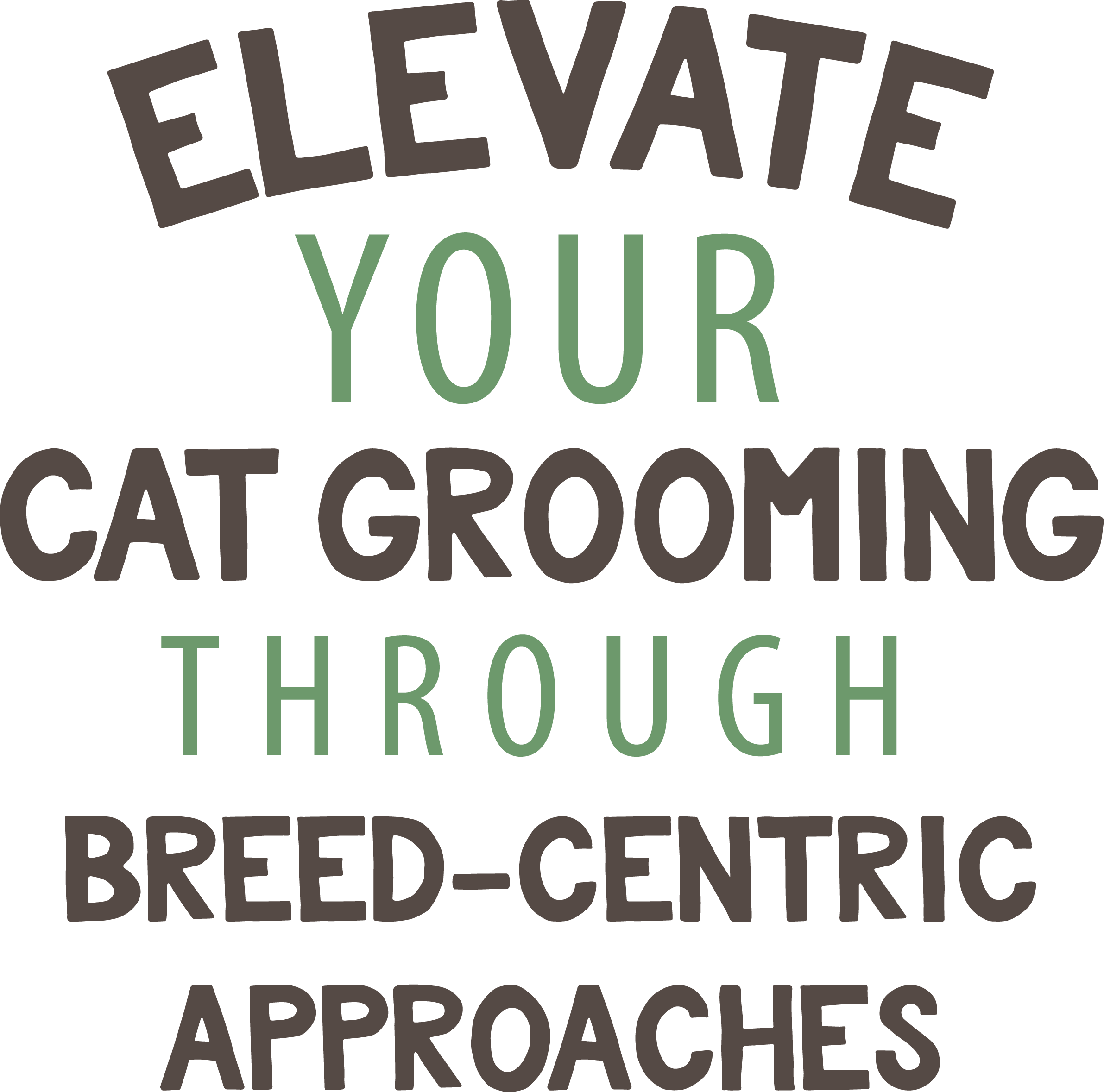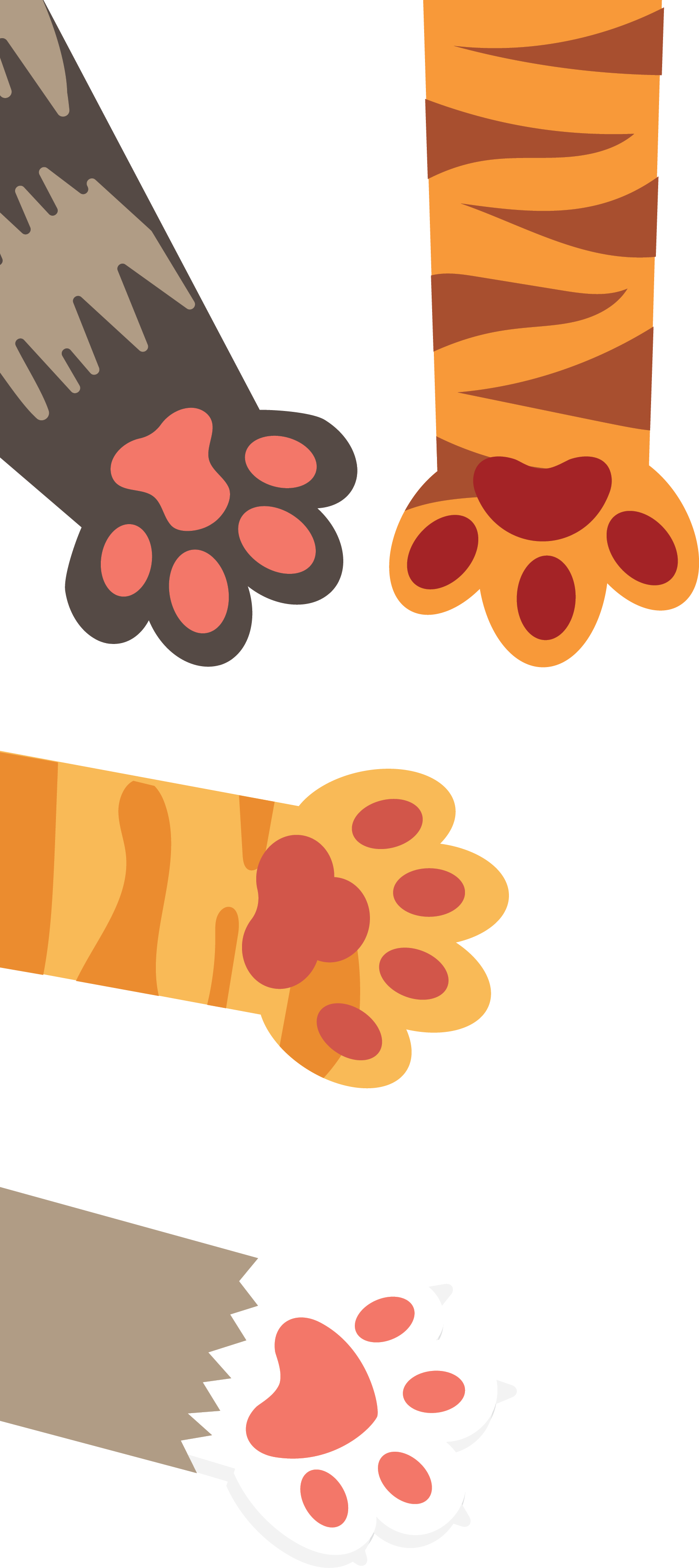


 hen it comes to the world of pet grooming, much attention is often directed towards dogs. Grooming techniques, products, and discussions largely revolve around the diverse breeds and patterns that canines possess. But what about our feline friends? Cats come in just as many varieties, each with their own unique needs and characteristics that warrant special attention.
hen it comes to the world of pet grooming, much attention is often directed towards dogs. Grooming techniques, products, and discussions largely revolve around the diverse breeds and patterns that canines possess. But what about our feline friends? Cats come in just as many varieties, each with their own unique needs and characteristics that warrant special attention.
While haircuts like the Lion Cut and other services like nail trims and nail caps may be similar across most cats, the foundation of each groom should focus on enhancing the natural beauty and features of each cat. Here we’ll cover some common cat breeds and the different grooming techniques that apply to each, as well as how they can be applied to the domestic shorthairs and longhairs likely filling your schedule.
In the show ring, it is common to see exhibitors carrying their Siamese cats in chamois cloths to keep the oils from their own hands off their cats’ coats so as to keep a clean, sleek look.
Note: While ideally this breed is kept in full coat, I have many Maine Coon cats in my grooming salon that are kept in more low-maintenance haircuts. When doing a Lion Cut or Comb Cut, I prefer to leave their tail full, as well as a fuller ruff and mane. This maintains the overall look their owners love while keeping their body shorter to prevent any problems.
Frequency can depend on how quickly their excess oils are visible, with many needing weekly baths to remove the buildup. A soft baby toothbrush or washcloth can provide a bit of gentle exfoliating around the nail beds and chin area for any blackheads, etc.
When assessing a cat as it arrives at the salon, take care to notice the feel of their coat. Is it soft and plush, silky and flat-lying, or more coarse and thick? Products, tools and techniques should then be chosen based on:
- Solving any coat problems the cat is currently experiencing (clumps, tangles, matting, etc.)
- If there are any similarities to specific breeds
- Improving on what the cat already has
An example of this might be selecting a color-enhancing shampoo that makes the striking markings of a shorthaired red tabby really stand out. Or taking care to blow-dry and comb with the growth of a flat-lying coat for a cat that resembles a Turkish Angora. Or perhaps leaving a fuller mane on a rescued cat the owner believes may be a Siberian or Maine Coon.
In the world of pet grooming, cats often play second fiddle to dogs. However, recognizing the importance of adapting grooming techniques can revolutionize the way we care for the cats in the grooming salon.
Each cat breed comes with its own set of grooming challenges and artistic opportunities. So whether it’s the Himalayan with a luxurious coat, the striking patterns of a Bengal or the domestic longhair that resembles a Ragdoll, tailoring your grooming techniques to suit these breeds will not only make your job easier, but will also contribute to the health and happiness of the cats you care for.
Just as dog groomers consider breed groups and coat types, feline groomers can elevate their craft by embracing the diversity of cat breeds and providing them with the grooming care they deserve.

